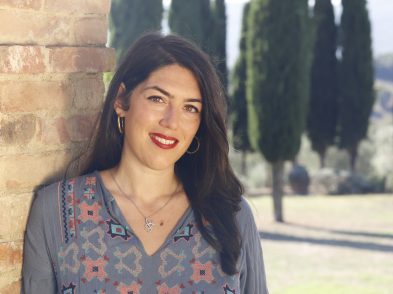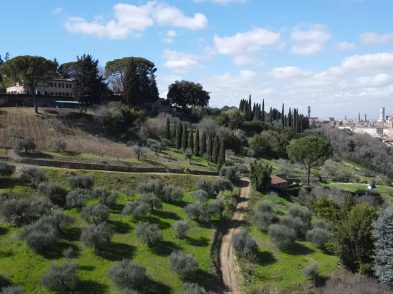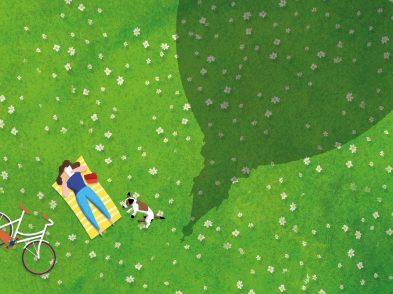Rediscovery awaits behind a wooden door in via Romana as Florence’s beloved Museo de La Specola reopens in an enlightened blend of nature, human ingenuity and art after a five-year restoration campaign.
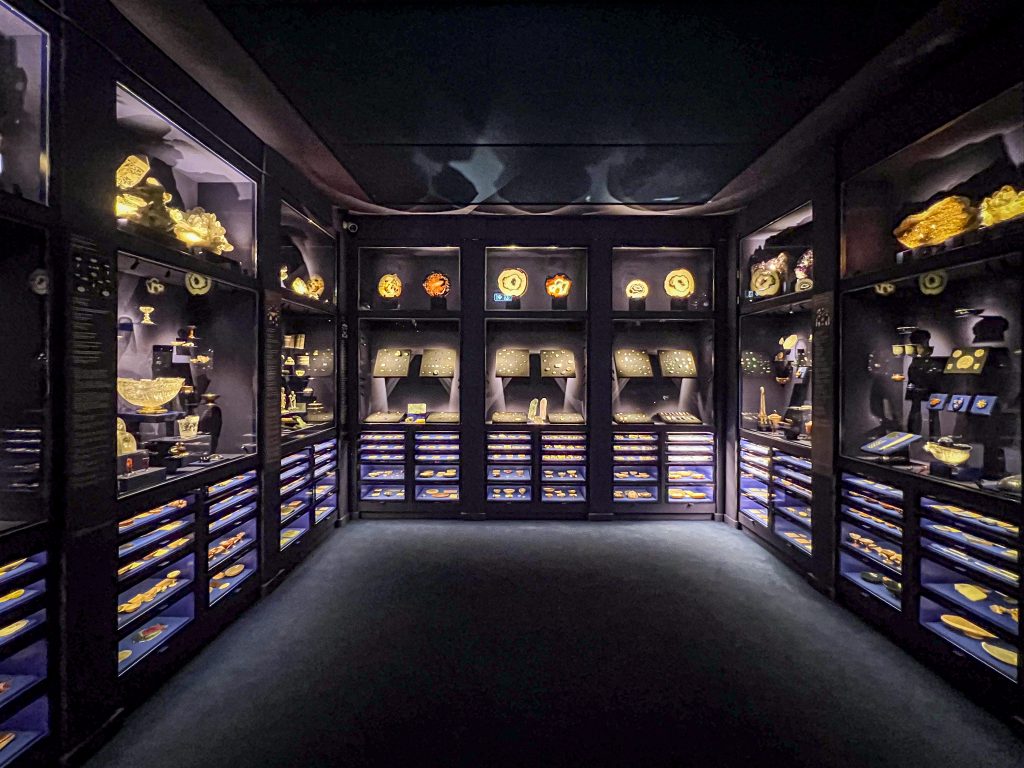
Pietro Leopoldo, Grand Duke of Tuscany, established his Royal Imperial Museum of Physics and Natural History on February 21, 1775. To this day, shy of 250 years on, it remains a scientific museum open to all, regardless of origin, gender or class, based on values of accessibility, inclusivity and a broader understanding of cultural heritage in relation to society. Today’s La Specola, which is named after the astronomical observatory perched in the turret, is a cumulative cabinet of curiosities, some glittering, others gory, which necessitates several guided tours to elicit the historical importance of the displays. Nowhere else in Florence, Italy or the world can visitors find intricate anatomical waxes based on the earliest dissections alongside elaborate mineral formations and precious ornaments from Lorenzo de’ Medici’s personal collection.
Art + Science section
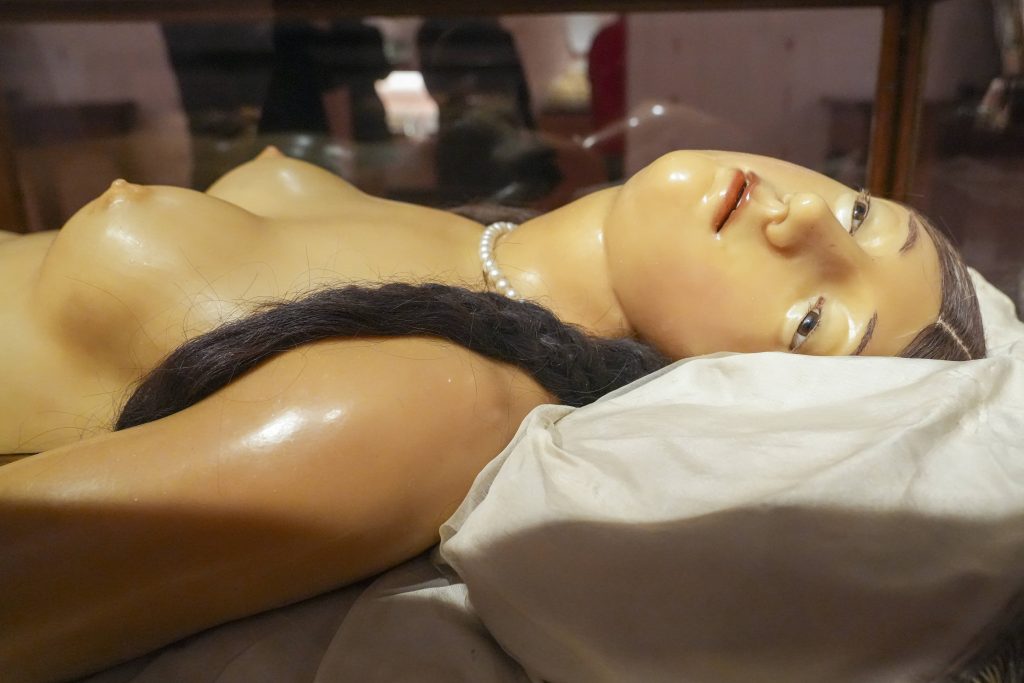
Our whistle-stop tour begins on the second floor where newly-lit storied glass cases display the 4,600-strong zoological collection, wherein the protozoi, shells, butterflies, insects, spiders and crabs are undeniably upstaged by the big animals. Reawakening many a childhood memory of school study days and Sundays with the grandparents, this room is set to remain one of the museum’s main draws as embalmed big cats show their teeth beside bears, rhinos and walruses. (We went with #catsofinstagram for our reel of the opening!)
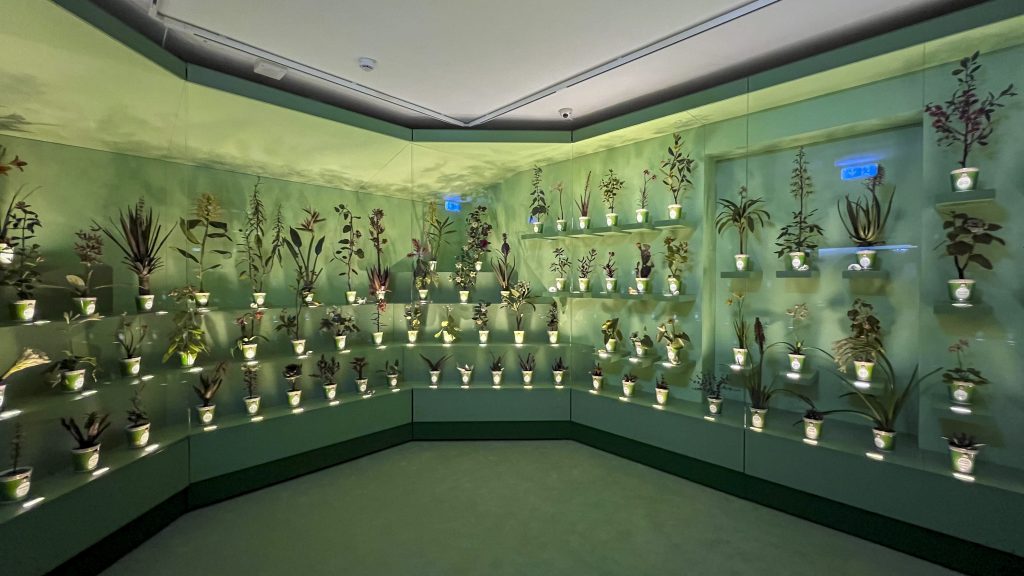
The renowned section featuring anatomical waxes has been restyled around Giulio Gaetano Zumbo’s late 17th-century Baroque-style allegorical theatres and a sectioned head, as well as Clemente Susini’s young and pained-looking Venus with detachable parts based on discoveries made during dissections dating to the 18th century. Visitors are enticed into the green alcove of botanical waxes, returned to La Specola after more than a century. Row after row of life-sized, mostly exotic, fruit plants potted in sumptuous Ginori vases lend permanence to the ephemerality of the vegetal world. Director of the museum’s astronomical observatory, Giovan Battista Amici, is credited with having made the invisible visible due to his invention of a revolutionary microscope that corrected colour and sharpened images. The waxes, which were a result of this invention, originally served to teach the discoveries made in the museum, while their purpose now remains an edifying, at times squeamish, slice of scientific history.

Last but not least, a corridor lined with Medici court painter Bartolomeo Bimbi’s still lives of flowers, fruit and other natural wonders (we were particularly enamoured by his anatomical depiction of a watermelon) is segued by scientific models of the human body and flora in other materials such as papier-mâché, wood and glass.
Mineralogy section
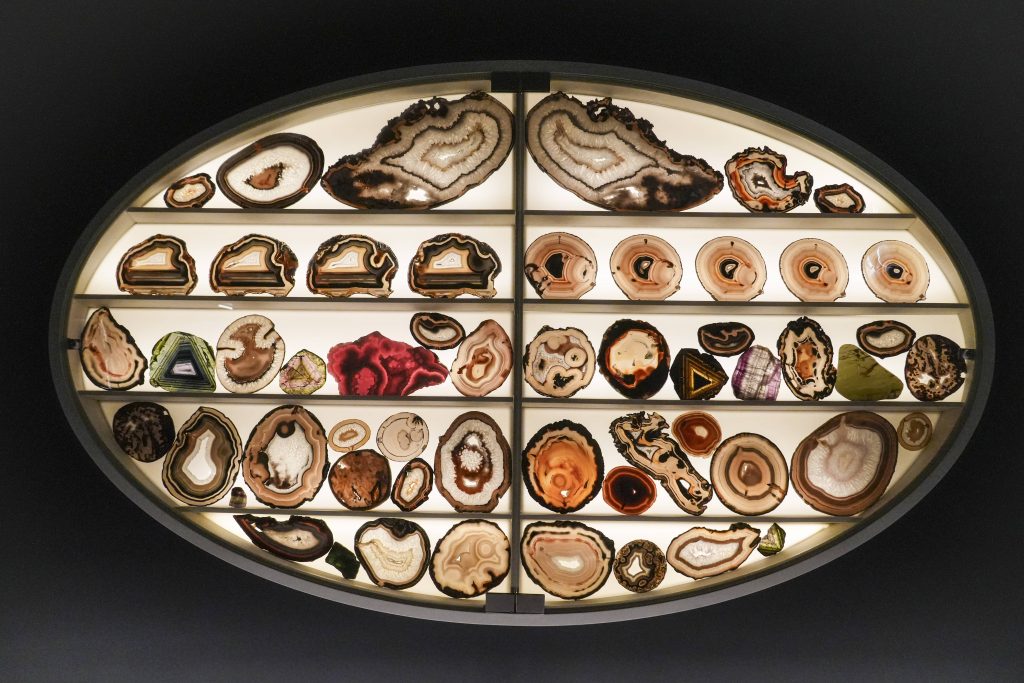
On the first floor, through an ornate yet dilapidated hall, lies the mineralogy section, which returns to La Specola after 150 years at Florence’s Natural History, Geology and Paleontology Museum in via La Pira. Transparent slices of agate and tourmaline greet visitors with their mesmerizing natural beauty before meteorites land on earth, in the showcases, with light and sound effects in the museum’s only real technological flourish. Impressive Cubist-style formations of fluorite from Illinois, Brazilian quartz, sandstone, muscovite and more enthral like contemporary sculptures before the full-on dazzle of a stunning hall focused on the classification of mineral properties, such as sedimentary, magnetic and metamorphic: the lessons we once learned at school. Fringed by bizarre and brilliant shapes and colours, a quartz-shaped light feature hangs over the central display as more than a touch of Stendhal syndrome starts to kick in.

There’s one last highlight, however: the Wunderkammer of Medici gems. Once housed in the Tribuna of the Uffizi, the curator excitedly points out two cups, one in jasper, the other in jade, which belonged to Lorenzo de’ Medici, as proven by the engraved letters LAURMED. A veritable treasure trove, the room is a sight to behold with a royal blue colour palette, plush carpet and backlit cabinets, like a glamorous walk-in wardrobe.
Other highlights of La Specola
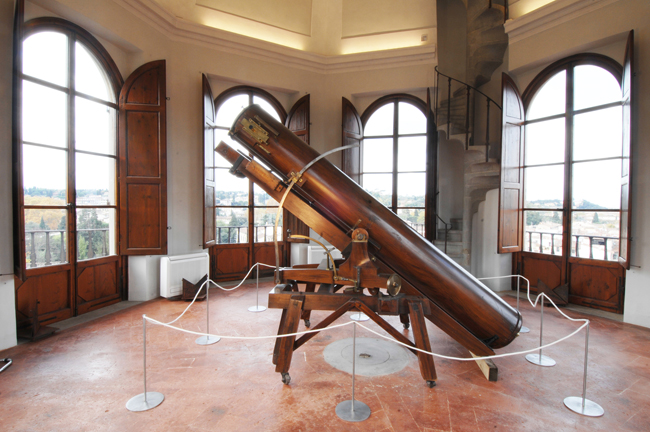
While we were unable to visit the museum’s other delights during the press preview, the Hall of Skeletons, Galileo Galilei’s Tribune, a rare specimen of late Neoclassical Florentine architecture, and the Astronomical Tower designed by Niccolò Maria Gaspero Paoletti with all-round views of the city will all reopen on March 1.
The variety, depth and quality on show at La Specola is startling and several visits are recommended to delve into the details. Now that via Romana 17 has been restored and reopened, we have all the time in the world—and both nature and science are urging us to do just that.
Museo de La Specola is located in via Romana 17, Florence.
Zoology, Mineralogy, Art + Science Collections
Reopens February 27. Open Tuesday to Sunday 9am-5pm.
Tickets can be purchased online on Viva Ticket (recommended) or directly in via Romana 17. Guided tours for schools and groups can be booked in advance: +39 055 2756444 / edu@sma.unifi.it
Anatomical Waxes
Reopens February 27. Open Tuesday to Sunday, only by guided tours at 11am, 12 noon or 3pm (max. 15 visitors). Groups can book in advance: +39 055 2756444 / edu@sma.unifi.it)
Hall of the Skeletons, Astronomical Tower + Tribune of Galileo
Open Monday to Friday 9am-1pm from March 1 by guided tours for schools and groups upon prior appointment: +39 055 2756444 / edu@sma.unifi.it


